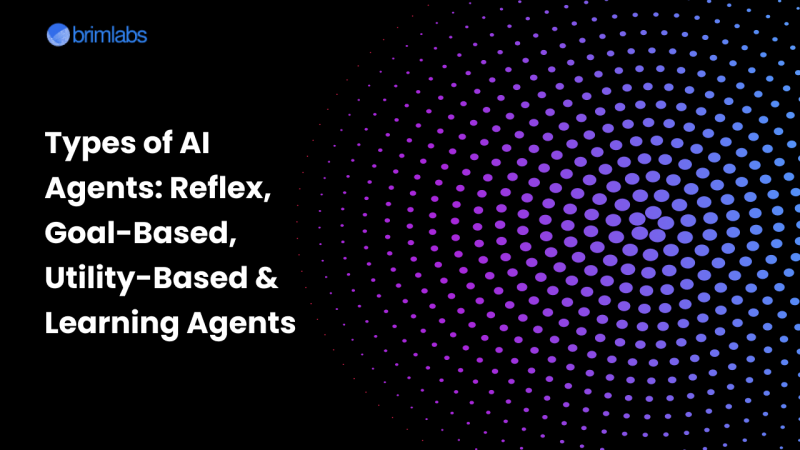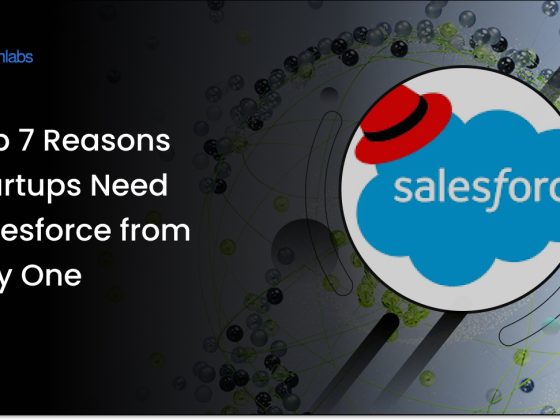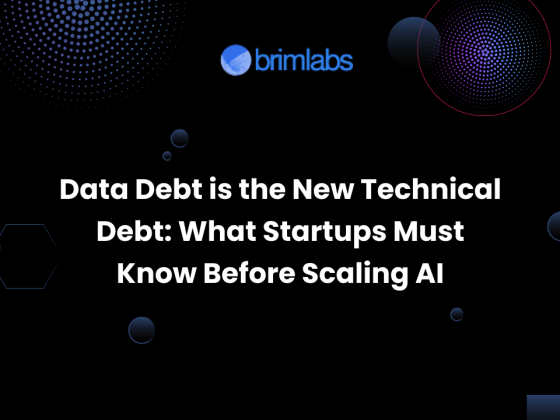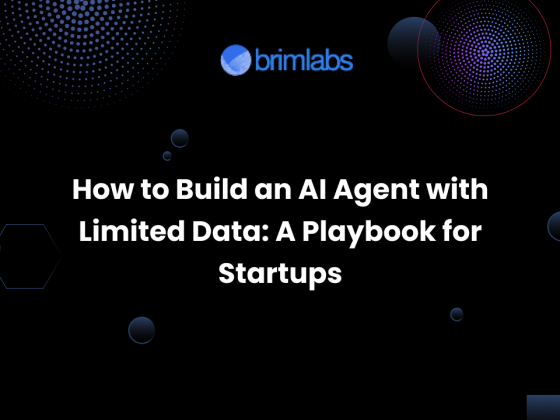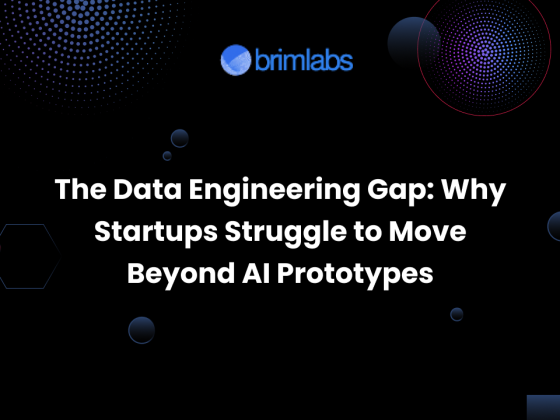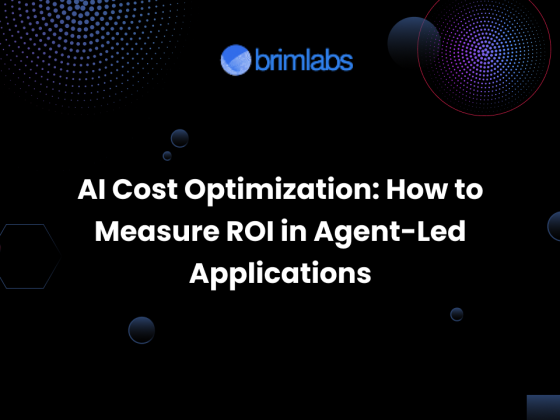AI is revolutionizing various industries by enabling machines to mimic human intelligence. At the core of AI are intelligent agents, which perceive their environment, process information, and take actions to achieve specific objectives. AI agents vary based on their level of sophistication and decision-making capabilities. This blog explores the four primary types of AI agents: Reflex Agents, Goal-Based Agents, Utility-Based Agents, and Learning Agents.
REFLEX AGENTS
Reflex agents act based on predefined rules and do not consider past experiences or future consequences. They operate in real-time and react to stimuli from their environment using condition-action rules.
Characteristics:
- Do not store history or learn from past experiences.
- Respond instantly to specific conditions.
- Work efficiently in structured environments where rules are well-defined.
- Fail in complex scenarios that require long-term planning.
Example:
- Automatic Doors: Open when they detect motion.
- Spam Filters: Identify and filter emails based on predefined patterns.
- Thermostats: Adjust temperature based on a set threshold.
GOAL BASED AGENTS
Goal-based agents use specific objectives to determine their actions. Instead of just reacting to stimuli, they evaluate different choices to reach a desired goal.
Characteristics:
- Require goal representation to determine the best course of action.
- Consider possible future states before taking action.
- Use search and planning techniques to achieve objectives.
- More flexible than reflex agents but require computational resources.
Example:
- Navigation Systems (Google Maps, GPS): Suggest the best route to a destination.
- Chess Playing AI (Stockfish, AlphaZero): Plans moves to checkmate an opponent.
- Robotic Arms in Manufacturing: Follow specific sequences to assemble products.
UTILITY BASED AGENTS
Utility-based agents are an improvement over goal-based agents, considering not only the achievement of a goal but also how desirable different outcomes are. They assign numerical values to possible states and aim to maximize overall performance.
Characteristics:
- Optimize decisions based on utility functions.
- Consider trade-offs between different outcomes.
- Suitable for multi-objective decision-making.
- Require complex algorithms to compute utilities efficiently.
Example:
- Autonomous Cars: Decide the safest and fastest route based on traffic, fuel efficiency, and comfort.
- AI in Financial Trading: Chooses investment options that maximize profit and minimize risk.
- Healthcare AI: Prioritizes patient treatments based on severity and probability of recovery.
LEARNING AGENTS
Learning agents can improve their performance over time by gaining knowledge from past experiences and interactions with their environment. They incorporate machine learning techniques to evolve their behavior.
Characteristics:
- Use learning algorithms (such as supervised, unsupervised, reinforcement learning).
- Adapt to changing environments.
- Store historical data to refine decision-making processes.
- Improve efficiency and accuracy over time.
Example:
- Virtual Assistants (Siri, Alexa, Google Assistant): Learn user preferences and improve interactions.
- Autonomous Drones: Adapt to different weather conditions and terrains.
- Recommendation Systems (Netflix, Amazon, Spotify): Predict user preferences based on past behavior.
Conclusion
AI agents are the backbone of intelligent systems, ranging from simple reflex agents to sophisticated learning agents. Understanding their differences helps in designing AI solutions tailored to specific needs. While reflex agents excel in predictable environments, goal-based and utility-based agents provide structured decision-making. However, learning agents stand out as the most dynamic, capable of adapting and improving over time.
As AI continues to evolve, learning agents integrated with deep learning and reinforcement learning will play a crucial role in autonomous systems, robotics, and AI-driven decision-making. Businesses and developers must choose the right type of AI agent based on the complexity of the problem, required adaptability, and computational constraints.
Do you have a project that requires AI solutions? Contact us at Brim Labs to explore AI-driven innovations!

